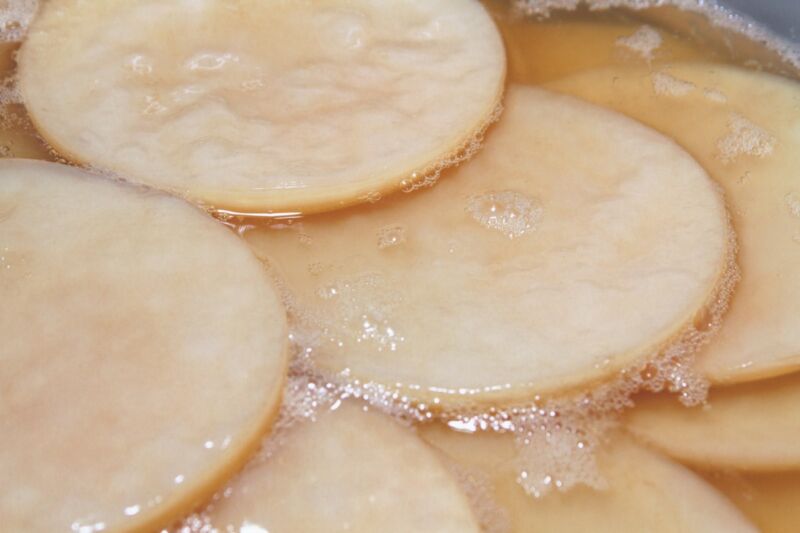Kombucha cultures make excellent sustainable water filters, study finds

Enlarge / Close-up of fresh SCOBY (symbiotic culture of bacteria and yeast) used in kombucha. (credit: Whitepointer/Getty Images)
The refreshing kombucha tea that's all the rage these days among certain global demographics might also hold the key to affordable, environmentally sustainable living membranes for water filtration, according to a recent paper published in the American Chemical Society journal ACS ES&T Water. Experiments by researchers at Montana Technological University (MTU) and Arizona State University (ASU) showed that membranes grown from kombucha cultures were better at preventing the formation of biofilms-a significant challenge in water filtration-than current commercial membranes.
As we've reported previously, you need three basic ingredients to make kombucha. Just combine tea and sugar with a kombucha culture known as a SCOBY (symbiotic culture of bacteria and yeast). The culture is also known as the "mother," tea mushroom, tea fungus, or Manchurian mushroom. (Kombucha tea is believed to have originated in Manchuria, China, or possibly Russia.)
Whatever you call it, it's basically akin to a sourdough starter. A SCOBY is a firm, gel-like collection of cellulose fiber (biofilm), courtesy of the active bacteria in the culture creating the perfect breeding ground for yeast and bacteria. Dissolve the sugar in non-chlorinated boiling water, then steep some tea leaves of your choice in the hot sugar-water before discarding them.
Read 9 remaining paragraphs | Comments